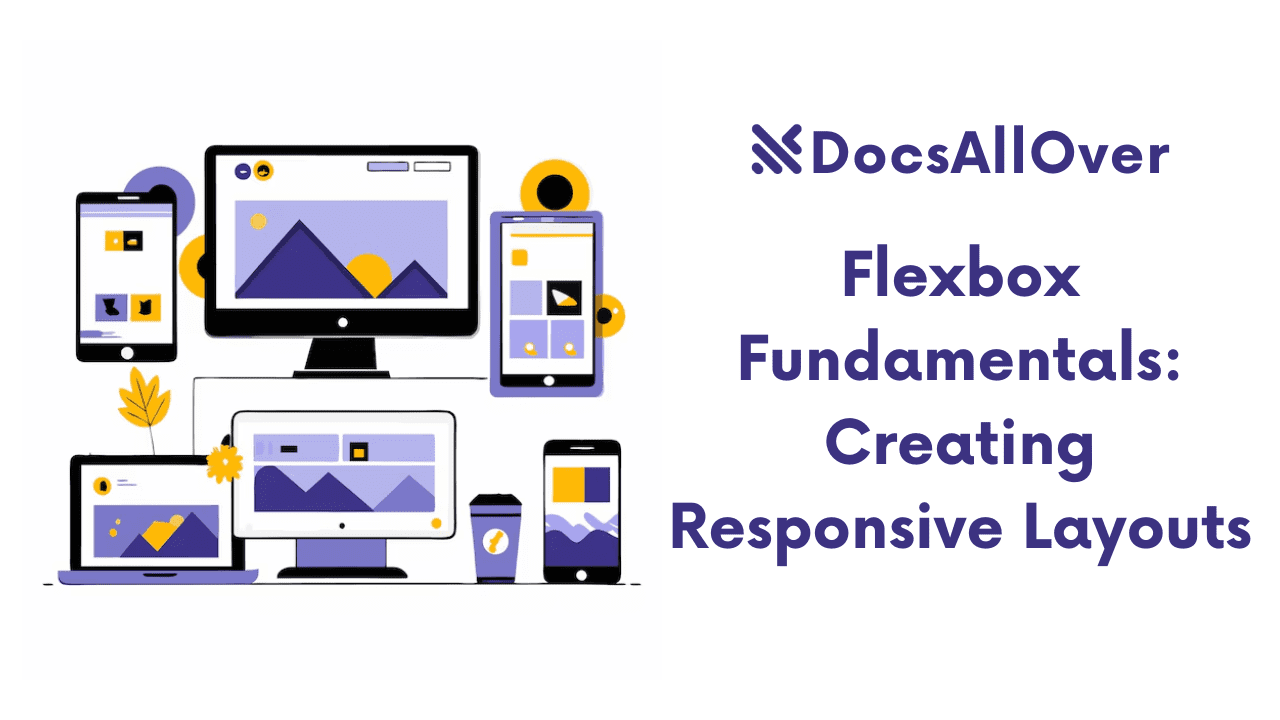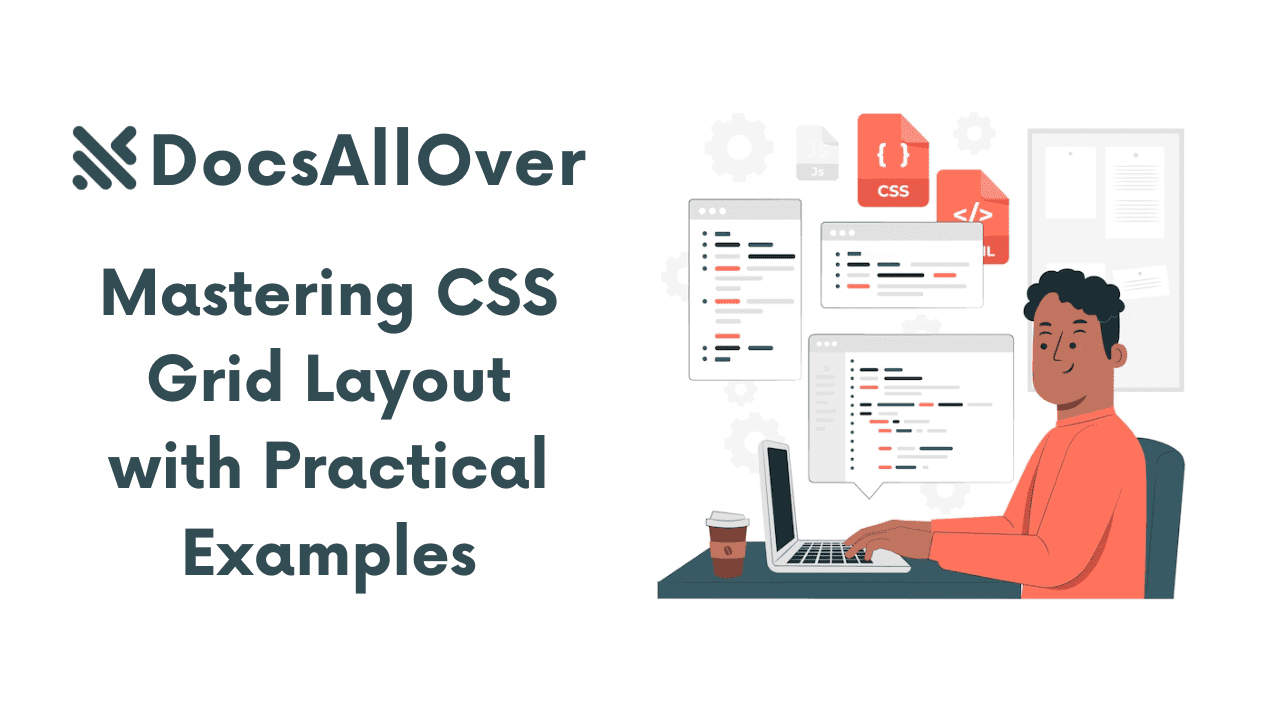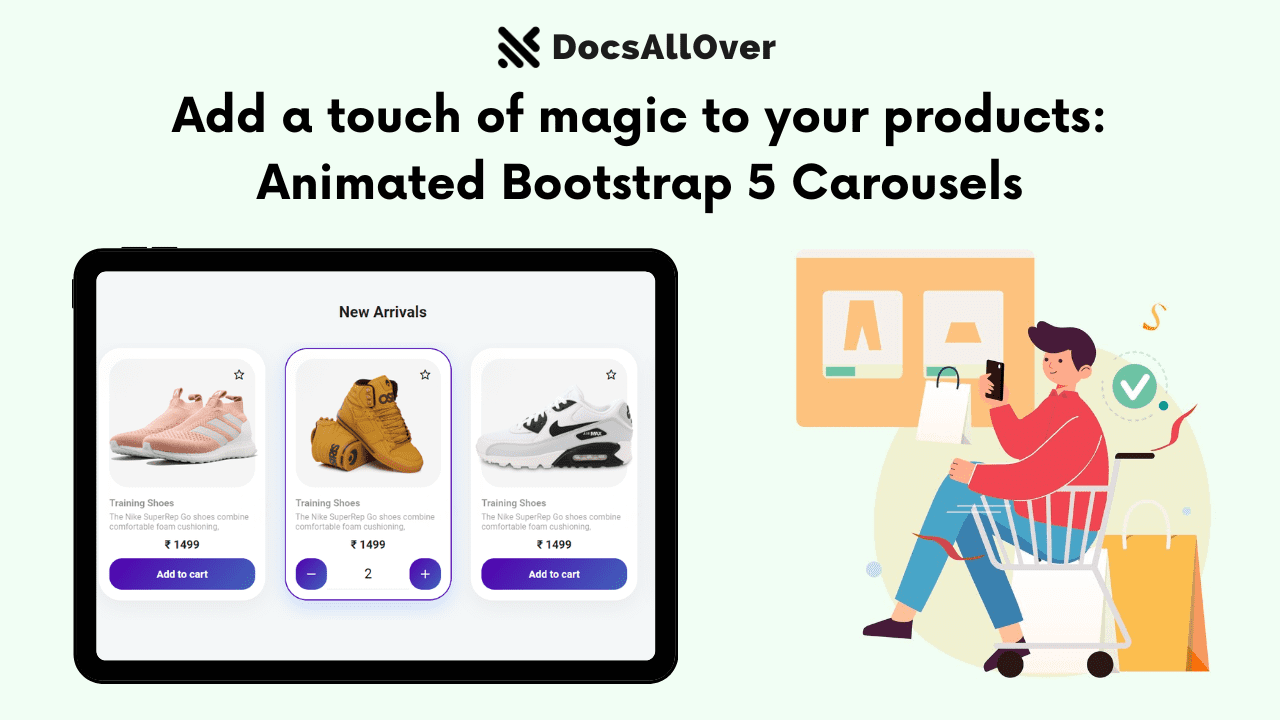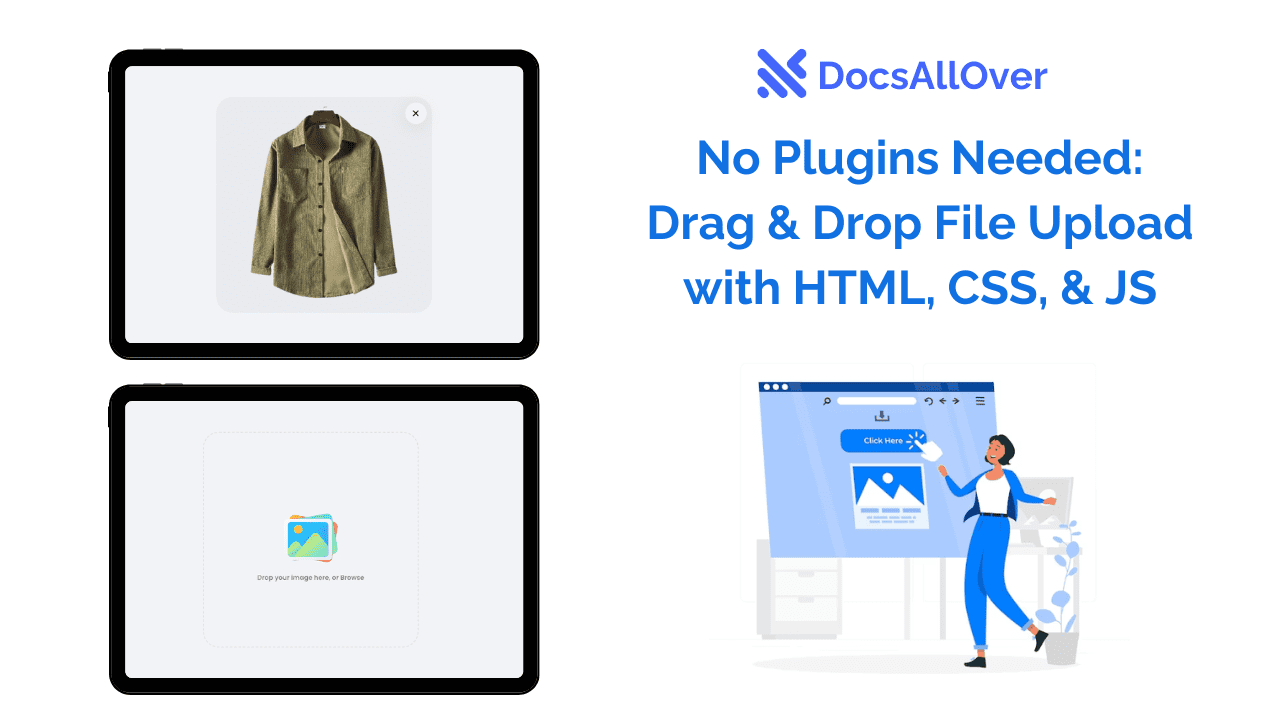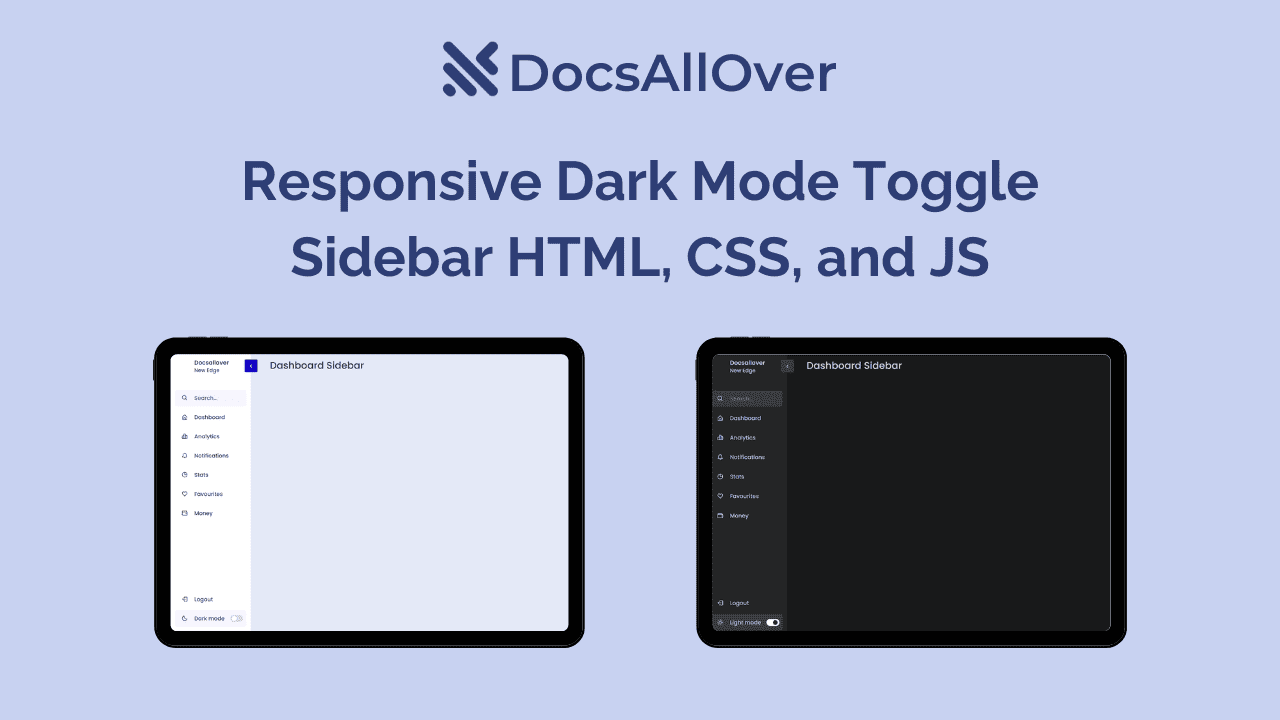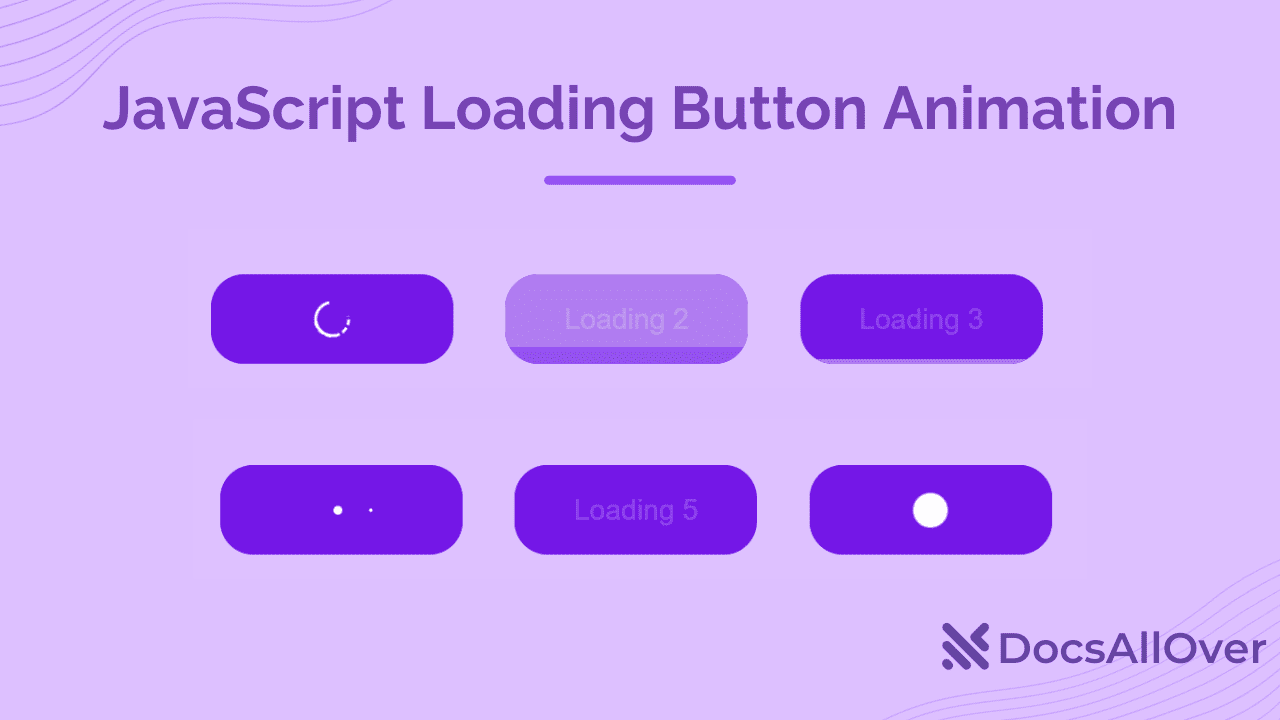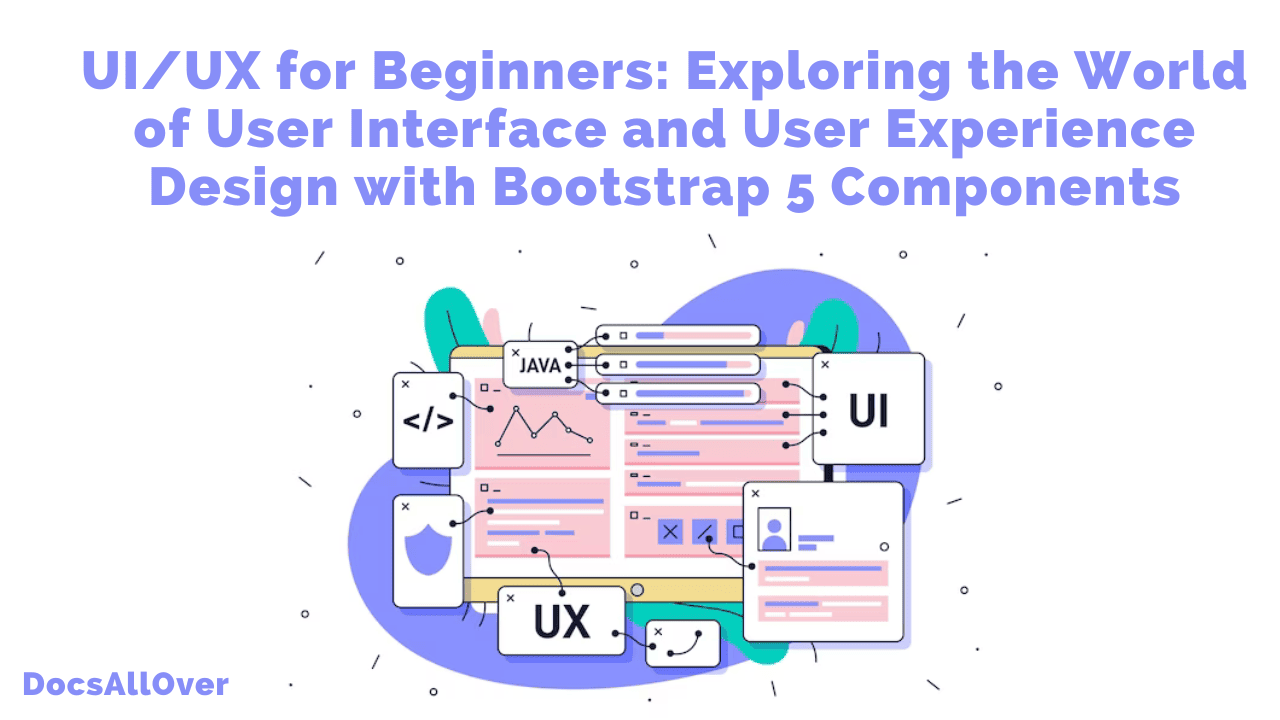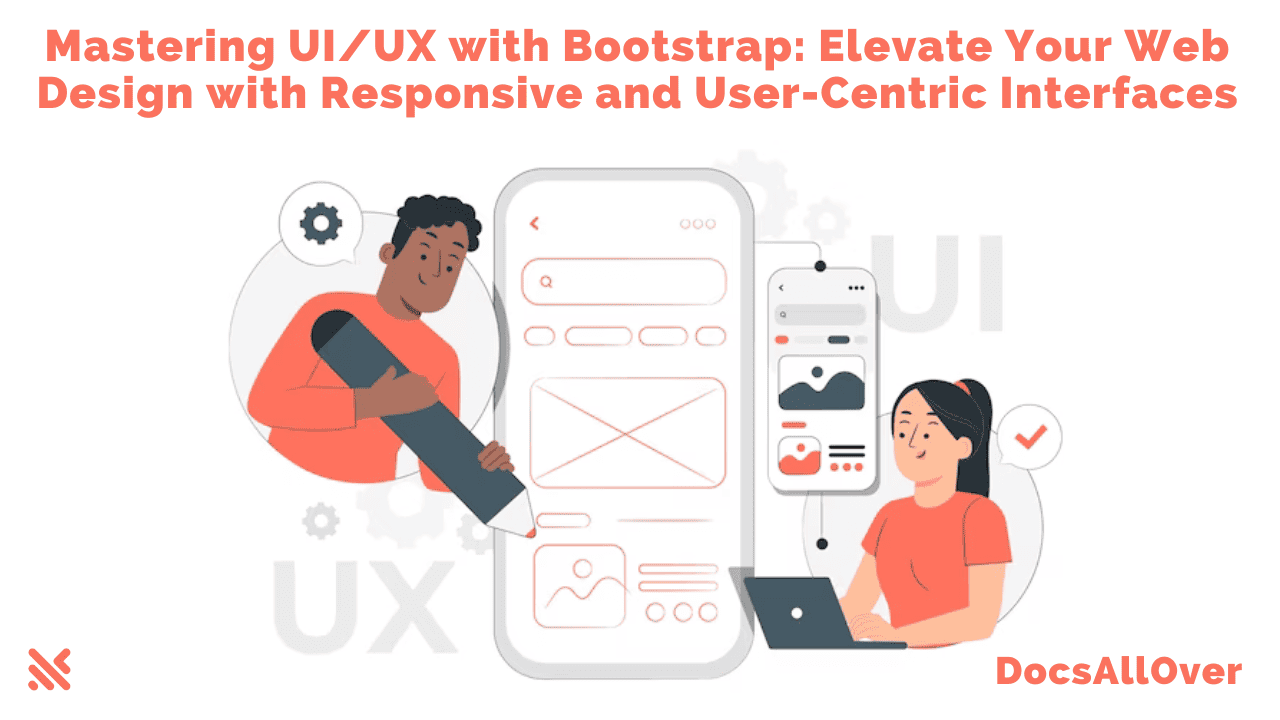Level Up Your Design Game : The Stages of UX Design Process
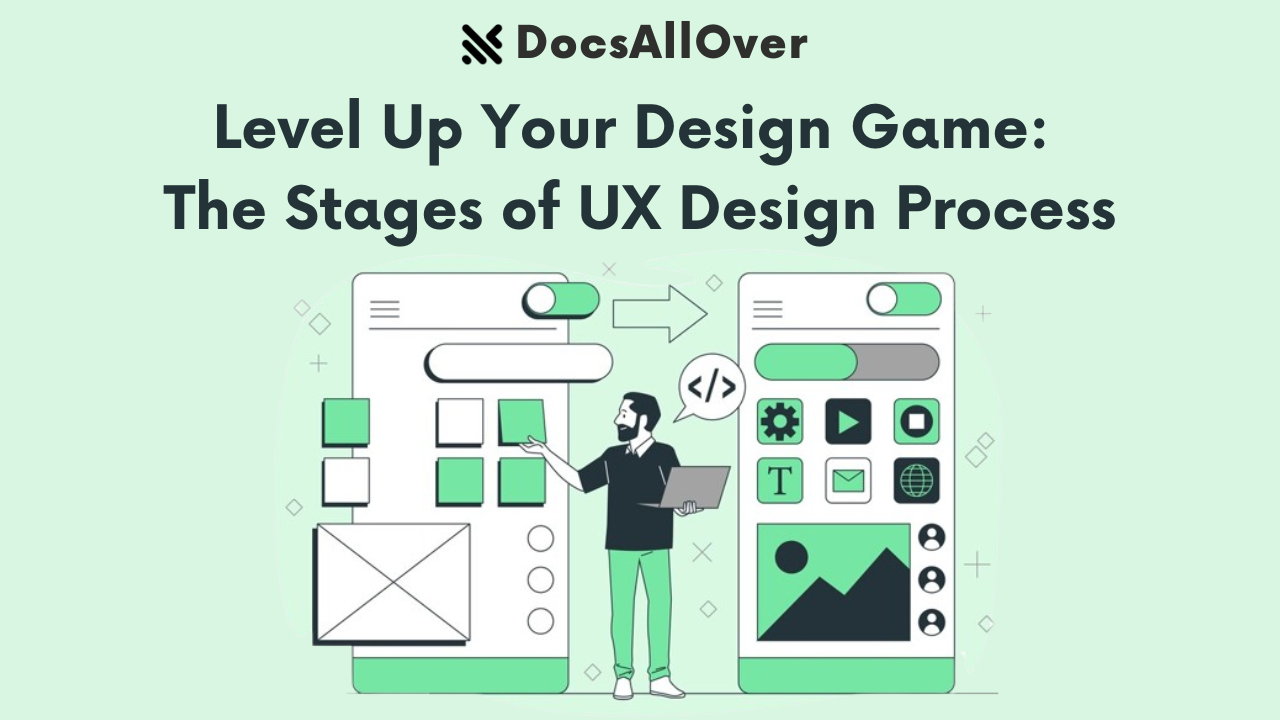
What is User Experience Design?
User Experience (UX) Design is the art and science of crafting products (physical or digital) that are not only functional but also enjoyable and user-friendly. It's a human-centered approach to product development that prioritizes the needs, emotions, and behaviors of the people who will interact with the product.
Imagine you're using a website to order food. A well-designed UX experience would anticipate your needs. The website would be easy to navigate, with clear categories for browsing restaurants, a simple and intuitive checkout process, and progress indicators to keep you informed about your order status. This seamless experience leaves you feeling satisfied and likely to return for future orders.
UX design goes beyond just aesthetics; it encompasses every touchpoint a user has with a product. This includes the initial interaction, navigating features, accomplishing tasks, and the overall feeling of satisfaction or frustration. By focusing on user-centered design principles, UX designers strive to create products that are not only visually appealing but also intuitive, efficient, and enjoyable to use.
Why is UX Design Important?
UX design isn't just about aesthetics; it's about creating a positive and seamless experience for users interacting with a product or service. But why is it so crucial? The benefits of good UX design are undeniable, impacting both businesses and users in profound ways.
For Businesses:
- Increased User Satisfaction and Loyalty: A well-designed user experience fosters feelings of satisfaction and delight. Users who find a product or service intuitive and enjoyable are more likely to return for future interactions, becoming loyal customers. According to a Microsoft study: [invalid URL removed], 97% of customers say that customer experience factors into their brand loyalty decisions.
- Improved Conversion Rates and Revenue Growth: A user-friendly interface that guides users towards desired actions, like making a purchase or signing up for a service, directly translates to higher conversion rates. Studies by Forrester: [invalid URL removed], a research firm, found that a well-designed user experience can improve conversion rates by up to 400%, significantly boosting a company's revenue.
- Reduced Development Costs: Investing in UX design upfront can save businesses money in the long run. By identifying usability issues early on, you prevent costly fixes later in the development process. Additionally, a well-designed product requires less customer support, as users can navigate it intuitively.
For Users:
- Enhanced Efficiency and Productivity: A well-designed interface allows users to accomplish their tasks quickly and effortlessly. This reduces frustration and saves users valuable time.
- Increased Trust and Credibility: A polished and intuitive user experience reflects positively on a brand, fostering trust and building user confidence in the product or service.
- Improved Overall Satisfaction: When interacting with a product is enjoyable and frustration-free, users develop a positive association with the brand. This emotional connection translates into higher customer satisfaction.
UX design isn't just a cosmetic afterthought; it's a strategic investment that benefits both businesses and users. By prioritizing good UX design, businesses can create products and services that are not only visually appealing but also functional, user-friendly, and ultimately, successful in the marketplace.
What are the Differences Between UX and UI Design?
While UX and UI design are frequently mentioned together, they represent distinct yet complementary disciplines within the realm of user-centered design. Understanding the clear distinction between them is crucial for creating products that are not only visually appealing but also intuitive and enjoyable to use.
UX Design: The Mastermind Behind the Experience
UX design acts as the mastermind behind the entire user experience. It delves into the user's perspective, considering their needs, motivations, and potential pain points. UX designers employ user research techniques like surveys, interviews, and usability testing to gather insights. These insights are then translated into user flows, sitemaps, and wireframes – blueprints that map out the user's journey through the product, ensuring a smooth and efficient interaction. In essence, UX design focuses on the usability, information architecture, and overall functionality of the product. It's akin to the architect of a building, meticulously planning the layout, room placement, and functionality to ensure it meets the needs of the occupants.
UI Design: The Visual Storyteller
UI design, on the other hand, focuses on the visual layer of the user experience. It's the UI designer who takes the UX concepts and translates them into tangible screens, buttons, menus, and other interactive elements. They prioritize aesthetics, color schemes, typography, and layout to create an interface that is not only functional but also visually appealing and engaging. Imagine UI design as the interior decorator of the user experience. They take the architect's blueprint (the UX design) and bring it to life with a focus on the visual elements and overall look and feel.
Analogy: A Restaurant Experience
To illustrate this further, let's consider the analogy of a restaurant experience. The UX designer would be responsible for the overall flow of the dining experience. They would consider factors like the ease of making reservations, the layout of the restaurant (ensuring smooth traffic flow), and the menu structure (organizing dishes logically for easy browsing). The UI designer, in this scenario, would focus on the visual elements like the ambience of the restaurant, the design of the menu (using clear fonts and layouts), and the presentation of the dishes. Both UX and UI design play a critical role: UX ensures a seamless and efficient dining experience, while UI creates a visually appealing and inviting atmosphere.
UX design lays the foundation for a positive user experience by focusing on usability and functionality, while UI design brings that foundation to life with a user-friendly and visually appealing interface. They work in tandem to create successful digital products that cater to both the user's needs and desires.
What Does a UX Designer Do?
The world of UX design revolves around creating user-centered experiences. But what exactly does a UX designer do to achieve this? Let's delve into their responsibilities and workflow:
Responsibilities and Workflow:
A UX designer wears many hats, acting as a researcher, strategist, and visual communicator. Their typical workflow involves:
- User Research: Understanding user needs is paramount. UX designers conduct user research through interviews, surveys, and usability testing to gather insights into user behavior, pain points, and goals. Tools like UserTesting (https://www.usertesting.com/) and Hotjar (https://www.hotjar.com/) can facilitate remote user testing and collect valuable data.
- User Personas and Journey Maps: Based on research findings, UX designers create user personas – fictional representations of target users – to empathize with their needs and expectations. User journey maps then visualize the user's entire interaction with a product, identifying potential roadblocks and opportunities for improvement. Tools like Miro (https://miro.com/) can be helpful for creating personas and journey maps collaboratively.
- Wireframing and Prototyping: Once they understand the user journey, UX designers translate it into tangible representations. Wireframes are low-fidelity sketches that define the basic layout and structure of an interface. Tools like Figma (https://www.figma.com/) and Adobe XD (https://www.adobe.com/products/xd.html) allow for creating interactive prototypes that simulate user interactions and gather early feedback.
- Usability Testing: Prototypes are put to the test with real users. Usability testing helps identify usability issues and ensure the designed interface is intuitive and user-friendly. Tools like UserTesting (mentioned earlier) and Maze (https://www.maze.design/) can be used to conduct remote usability testing sessions and gather quantitative and qualitative feedback.
Collaboration is Key:
UX designers rarely work in isolation. They collaborate closely with product managers, developers, and other stakeholders throughout the design process. Communication and empathy are crucial skills, as UX designers must translate user needs into actionable design solutions that meet business objectives.
By following this user-centered approach, UX designers play a vital role in ensuring a product is not only aesthetically pleasing but also intuitive, efficient, and ultimately delightful for the users.
The Stages of UX Design Process
UX design is an iterative process that involves understanding user needs, brainstorming solutions, creating prototypes, testing those solutions, and refining them based on feedback. This cyclical approach ensures that the final design is not only functional but also meets the needs of the target users. Here's a breakdown of the six key stages involved in the UX design process:
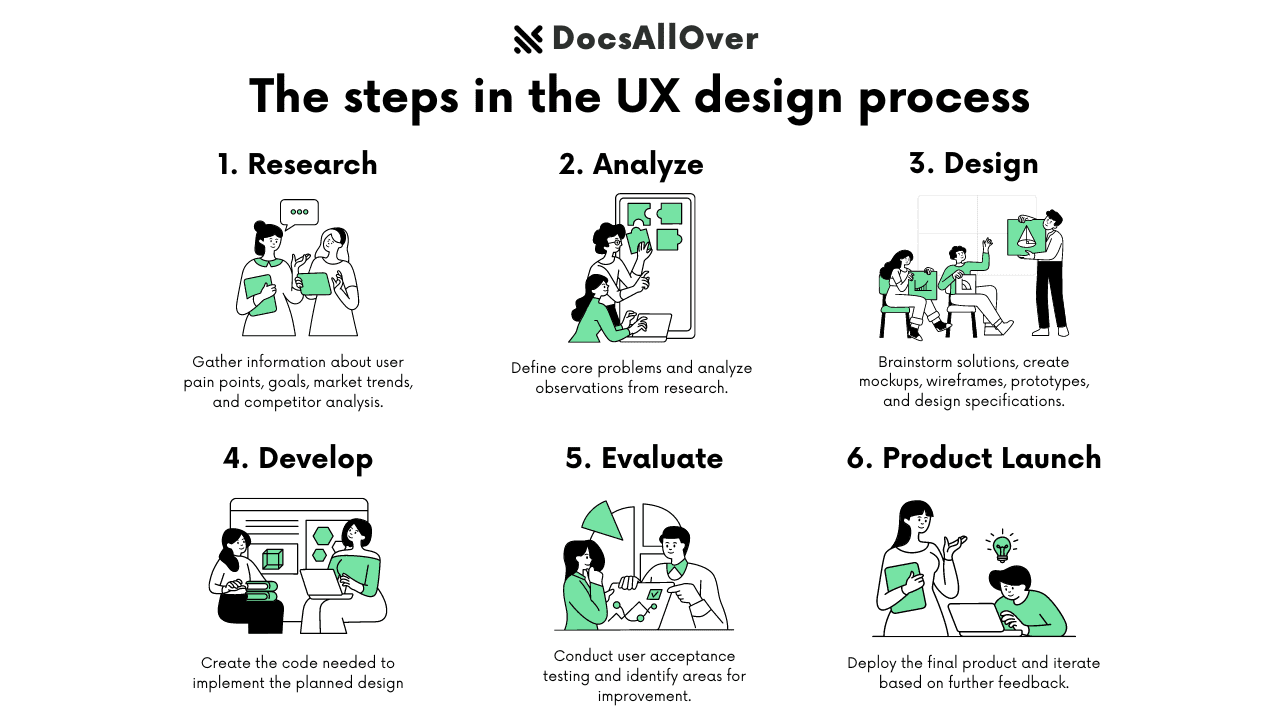
1. Research: Understanding User Needs
The first step in the UX design process is to empathize with the users. This involves conducting user research to gather information about their needs, goals, behaviors, and pain points. User research can take many forms, such as interviews, surveys, usability testing, and ethnographic studies. By understanding the users, designers can create solutions that are truly user-centered.
2. Define: Analyzing and Defining the Problem
Once you've gathered user research data, it's time to analyze it and define the core problems that your design solution will address. This involves identifying patterns and trends in the data, as well as prioritizing the most critical issues to focus on.
3. Ideate: Brainstorming Solutions
With a clear understanding of the problem, it's time to brainstorm potential solutions. This is a creative stage where designers can come up with a wide range of ideas, no matter how outlandish they may seem at first. The goal is to generate as many ideas as possible and to explore all potential avenues.
4. Prototype: Creating a Tangible Representation
Once you have a good selection of ideas, it's time to start creating prototypes. Prototypes are low-fidelity or high-fidelity representations of the design solution that can be used to test with users. Prototypes can be anything from a simple sketch on a napkin to a more elaborate interactive mockup. The goal of prototyping is to get something tangible in front of users as soon as possible so that you can gather feedback and iterate on your design.
5. Test: Gathering User Feedback
Usability testing is a crucial part of the UX design process. It involves observing users as they interact with your prototype and gathering their feedback. Usability testing helps you identify any usability issues with your design and make sure that it is meeting the needs of the users.
6. Launch: Deployment and Continuous Improvement
Once you've iterated on your design based on user feedback, it's time to launch your final product or service. However, the UX design process doesn't end there. It's important to continue to monitor user behavior and collect feedback even after launch. This will help you identify any new issues or opportunities for improvement and ensure that your design remains user-friendly and effective over time.
By following these six stages, UX designers can create solutions that are not only functional but also meet the needs of the target users and provide a positive user experience.
How to Become a UX Designer
The world of UX design beckons! Now that you understand its core principles and value, here's a roadmap to guide you on your journey to becoming a successful UX designer:
Educational Paths:
- Formal Education: Earning a bachelor's degree in a related field like human-computer interaction (HCI), design, or psychology can provide a strong foundation. Master's programs in UX design are also available for those seeking in-depth specialization.
- UX Design Courses and Bootcamps: Numerous online and in-person courses and bootcamps offer intensive training in UX design principles, tools, and methodologies. These can be a great option for career changers or individuals with limited time commitments.
Essential Skillset for UX Success:
- User Research: Uncovering user needs and behaviors is paramount. Hone your skills in conducting user interviews, surveys, and usability testing.
- Information Architecture (IA): Master the art of organizing content in a logical and intuitive way. Learn how to create sitemaps, wireframes, and user flows to structure your designs.
- Interaction Design (IxD): Focus on creating interactive elements that are user-friendly and engaging. Understand user interaction patterns and design intuitive interfaces.
- Visual Communication: Effective communication is key. Develop strong visual design skills, including typography, color theory, and layout principles.
Building Your UX Portfolio:
A compelling portfolio showcasing your design process and problem-solving abilities is crucial for landing UX design jobs. Here are some tips:
- Focus on Quality Over Quantity: Include a diverse range of projects, even personal ones, that demonstrate your UX design skills across different stages of the design process.
- Tell the Story: Don't just showcase visuals; walk viewers through your design thinking process, highlighting the challenges, solutions, and user impact.
- Keep it User-Friendly: Ensure your portfolio is easy to navigate and visually appealing. Make it accessible on different devices.
Landing Your Dream UX Design Job:
- Network Actively: Attend industry events, connect with UX professionals online, and build your professional network.
- Leverage Online Job Platforms: Explore platforms like LinkedIn, Indeed, and UX-specific job boards like UX Collective to find relevant UX design opportunities.
- Prepare for Interviews: Research the company and role thoroughly. Practice your portfolio presentation and demonstrate your UX design knowledge and passion.
Remember, the journey to becoming a UX designer is an ongoing learning process. Stay updated on industry trends, continuously hone your skills, and never stop pushing the boundaries of user-centered design. By following this roadmap and staying dedicated, you can transform your passion for UX design into a fulfilling and rewarding career!
History of UX - A Look Back to Shape the Future
UX design, though a recent term, has roots that stretch back centuries. Understanding this history sheds light on how we arrived at the current design principles and paves the way for future advancements.
Early Traces: From Usability to User-Centered Design
The seeds of UX design were sown in the early 20th century with the rise of industrial design and ergonomics. Pioneering figures like Frederick Winslow Taylor focused on optimizing human-machine interaction in workplaces, emphasizing usability. The concept of user-centered design gained traction in the mid-20th century, with Donald Norman's work on psychology and design playing a pivotal role. He championed the idea of designing products and systems that cater to human needs and cognitive limitations.
The Digital Revolution and the Rise of UX
The invention of personal computers and the internet fueled the evolution of UX design in the latter half of the 20th century. Apple, under the leadership of Steve Jobs, became a prominent advocate for user-friendly interfaces, prioritizing aesthetics and intuitive design alongside functionality. The term "user experience" itself gained widespread recognition in the 1990s with the emergence of usability engineering and human-computer interaction (HCI) practices.
The Present and Future: Continuous Innovation and Emerging Technologies
Today, UX design encompasses a vast array of methodologies and tools. User research, interaction design, information architecture, and accessibility are all crucial aspects of creating user-centered experiences. The rise of mobile technology, wearables, and the internet of things (IoT) has further expanded the scope of UX design, demanding a focus on seamless interactions across diverse platforms and devices. As we move forward, artificial intelligence (AI) and machine learning (ML) are expected to play a significant role in UX design, enabling personalized user experiences and proactive interfaces that anticipate user needs.
By understanding our history, we can appreciate how UX design principles have evolved to address the ever-changing technological landscape. This knowledge equips us to anticipate future trends and create user experiences that are not just usable but also delightful and engaging. The future of UX design lies in continuous innovation, embracing emerging technologies, and prioritizing the human element at the heart of every interaction.
The iterative nature of UX design allows for continuous improvement, ensuring that your design stays relevant and user-friendly as technology and user needs evolve. This ongoing process fosters a user-centric approach, placing the user at the heart of every design decision. By embracing the UX design process, you can create products and services that are not just visually appealing but also intuitive, delightful, and ultimately, successful.

